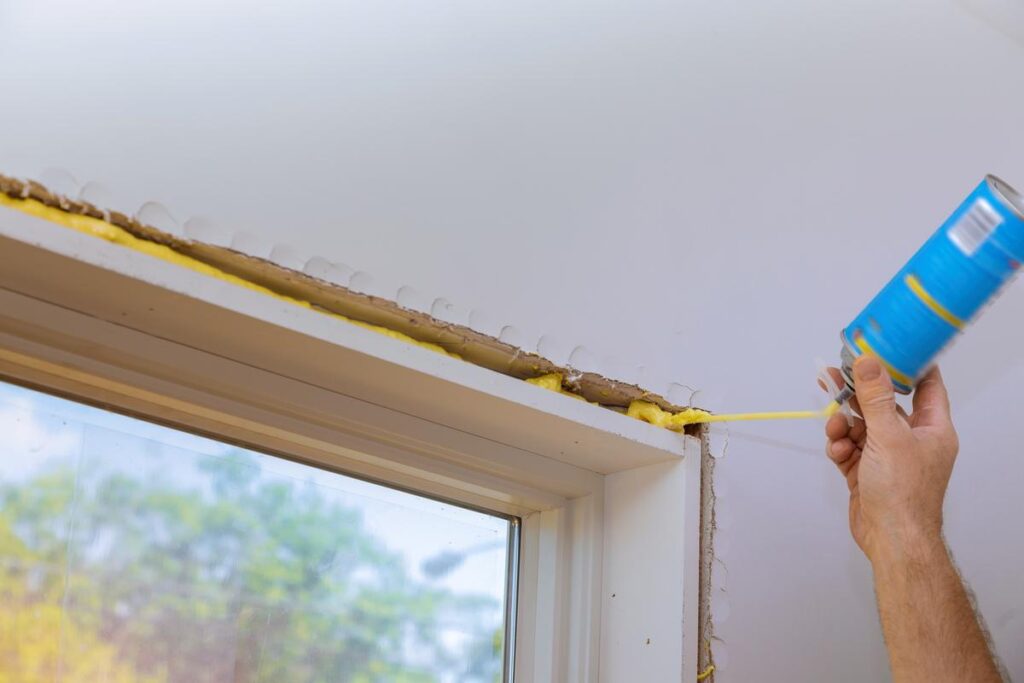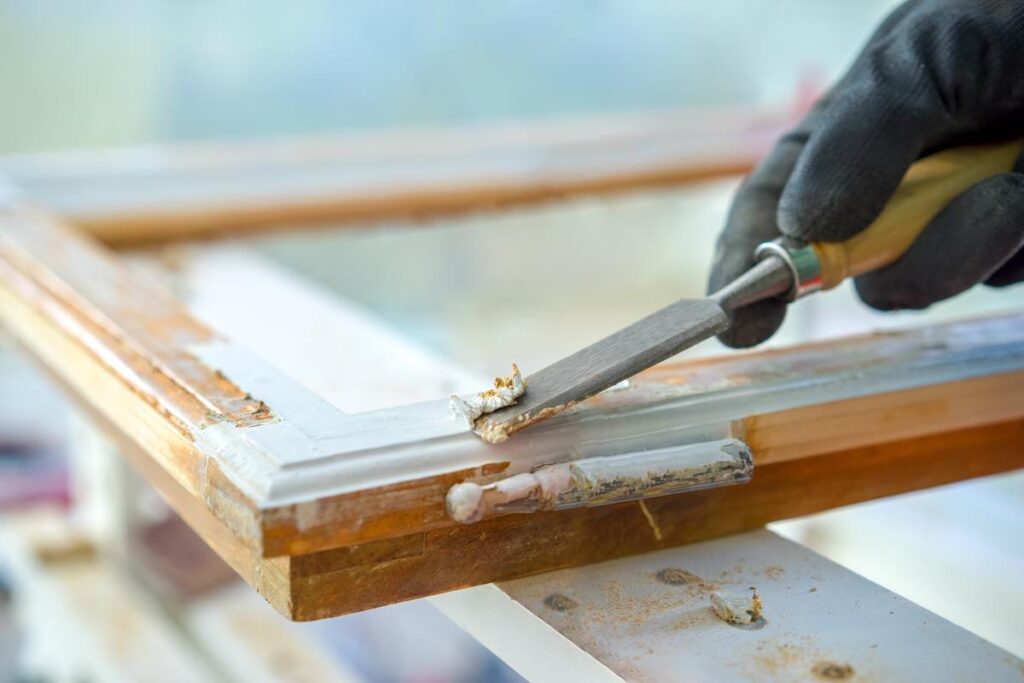Weatherstripping refers to the process of sealing gaps around sliding doors to prevent drafts, improve insulation, and enhance energy efficiency. It involves the use of various materials like rubber, silicone, or foam to create a barrier against external elements.
Effective weatherstripping provides several key benefits, including improved energy efficiency by minimizing drafts and reducing heating or cooling loss. It also enhances the comfort within your home by preventing outdoor elements like moisture, insects, and dust from entering. Additionally, well-installed weatherstripping can lead to significant cost savings on energy bills over time and prolong the lifespan of your sliding doors by protecting them from wear and tear.
Increased Energy Efficiency: Weatherstripping reduces heat loss and prevents drafts, resulting in lower energy consumption and utility bills.
Enhanced Comfort: By stopping drafts and external elements, weatherstripping maintains a stable and comfortable indoor temperature.
Cost Savings: Proper weatherstripping lowers heating and cooling costs, providing long-term financial benefits.

Provide the best service to customers
Expert tips for weatherstripping can significantly improve its effectiveness and longevity. Regular maintenance, proper selection of materials, and correct installation are key to maximizing the benefits. It’s essential to adhere to best practices and avoid common mistakes to ensure optimal performance. Paying attention to these details can make a substantial difference in insulation and energy savings.
Examples of effective weatherstripping can offer practical inspiration for homeowners looking to improve their sliding door performance. These examples range from specific product recommendations to real-life scenarios where weatherstripping has made a noticeable difference. By showcasing these applications, readers can envision how weatherstripping can benefit their homes in terms of energy efficiency, comfort, and durability. Each example highlights a particular aspect of weatherstripping, ensuring a comprehensive understanding of its importance.
Do: choose UV-resistant silicone weatherstripping for exterior doors to prevent degradation. Don't: use indoor weatherstripping materials for outdoor applications—they won't withstand the elements.
Do: regularly inspect and clean the weatherstripping to ensure a good seal. Don't: neglect buildup of dirt or debris, which can compromise the seal.
Do: measure twice before cutting weatherstripping for installation precision. Don't: cut weatherstripping without accurate measurements—this leads to gaps and inefficiency.


Common mistakes in weatherstripping can lead to inefficient insulation, increased energy costs, and unnecessary discomfort. Avoiding these pitfalls is crucial for maximizing the benefits of weatherstripping. By understanding and sidestepping these errors, homeowners can ensure that their sliding doors are properly sealed and protected. This section highlights some of the frequent missteps and their potential consequences to help you achieve optimal results.
Incorrect Material: Using indoor weatherstripping materials for outdoor doors reduces effectiveness, leading to 20% higher energy bills.
Improper Installation: Misaligned weatherstripping creates gaps, causing drafts and a 10% increase in heating costs.
Neglecting Maintenance: Failing to clean and inspect weatherstripping can lead to a 15% reduction in its insulating properties.

Founder

Technician

Technician
If you have a question that is not listed here – please don hesitate and send us an email!
In conclusion, weatherstripping is a vital component for enhancing door insulation, preventing drafts, and boosting energy efficiency. Whether it’s Kerf-mounted weatherstripping for sliding glass doors, sliding door brush seal replacement, or self-adhesive pile weatherstrip for patio doors, choosing the right type and ensuring proper installation can make a significant difference. Regular maintenance like replacing weatherstripping and addressing door seal repairs plays a crucial role in weatherproofing your home and maintaining a comfortable indoor environment. Utilizing professional weatherstripping services can further ensure the longevity and effectiveness of your doors. For any weatherstripping needs, from low-profile options for pocket doors to UV-resistant silicone for exterior sliders, the right solutions are available to suit all door types. Contact Sliding Door Medics to explore professional services tailored to your specific requirements.
Discover the top 7 mistakes in sliding door alignment and learn expert tips to ensure smooth operation. Avoid costly repairs with our comprehensive guide.
Understand the process of patio door replacement, get informed about the factors affecting its duration such as door type, size, location and expertise required. Learn how to prepare for a smooth and efficient replacement process and aftercare tips.
Find easy steps to fix your sliding patio door in this DIY guide. From examining the door, adjusting rollers, tackling the frame, and tightening your hardware to sealing it properly, get all your queries answered here.

Contact us and schedule your FREE in-house estimation!